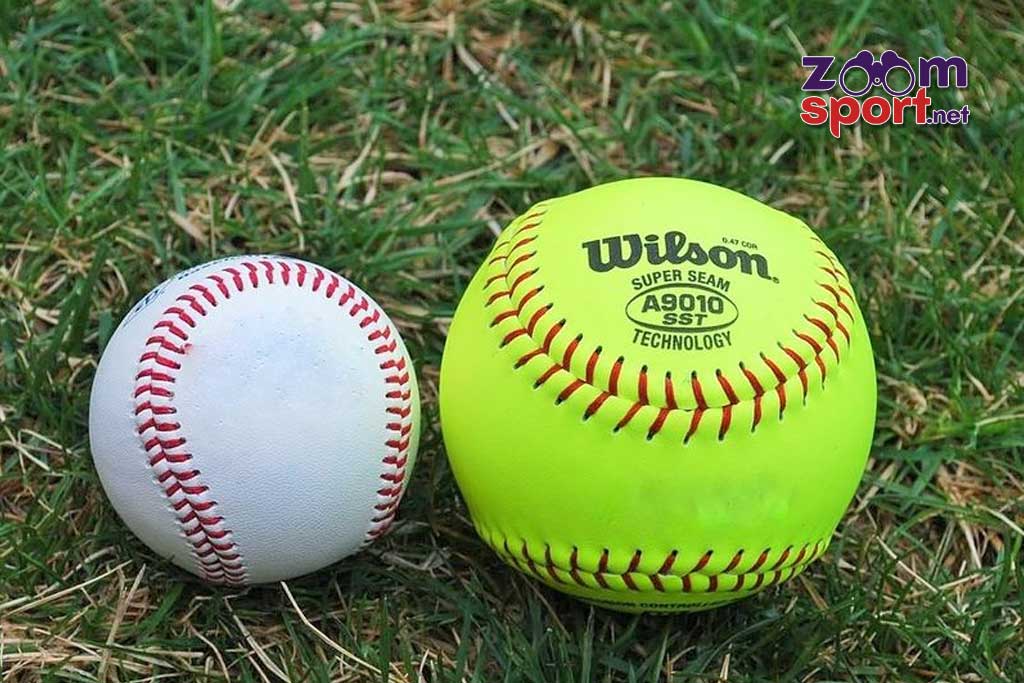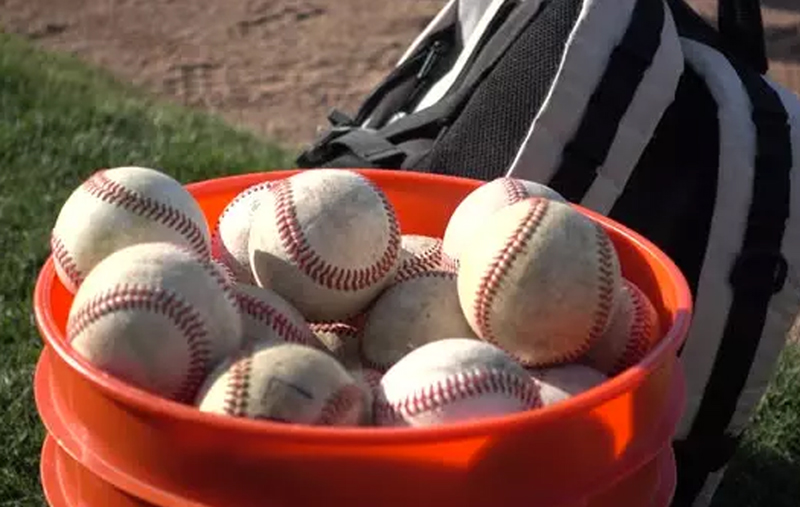Baseball, a sport deeply ingrained in the fabric of American culture, is known for its unique design, and one of its most distinctive features is the stitching on the ball. In this comprehensive guide, we will explore everything you need to know about baseball stitches, their impact on the game, and the fascinating history of this iconic sports equipment.
How Many Stitches are on a Baseball?
A standard Major League Baseball (MLB) is stitched with exactly 108 stitches. These stitches play a crucial role in maintaining the ball’s shape, durability, and aerodynamics during a game.
Do Stitches Affect the Performance of a Pitch?
Absolutely! The stitches on a baseball can significantly influence the performance of a pitch. When a pitcher grips the ball, the seams give them control over the spin, movement, and speed. Fastballs, curveballs, sliders, and other pitches all rely on the unique grip and seam orientation provided by the stitches.
How Are Baseballs Made?
The process of crafting a baseball is a combination of art and science. Traditionally, baseballs were stitched by hand. Today, many are still stitched manually, although a significant portion is machine-stitched. The core is made of rubber or cork, and it is wrapped in layers of wool and cotton yarn. The leather cover is then hand-stitched or machine-stitched to encase the layers.
The construction of a baseball involves multiple layers, each serving a specific purpose:
- The Core: The core of a baseball is typically made of rubber or cork. This core gives the ball its initial weight and bounce.
- Yarn Layers: Over the core, several layers of yarn are tightly wound. The yarn layers help regulate the ball’s bounce and overall hardness.
- The Leather Cover: The final layer is the leather cover. This is what the pitchers grip, and batters make contact with. It’s typically made from cowhide, carefully selected for its quality.
Why Does a Baseball Need to be Stitched?
Stitching is essential for maintaining the ball’s integrity during a game. The stitches hold the ball together, ensuring it retains its shape and performs consistently. Without stitches, the ball would quickly unravel, making the game unplayable.
Why are Baseball Stitches Red?
Traditionally, baseball stitches have been red, although they can come in different colors today. The red stitching provides a high-contrast, making it easier for players to track the ball’s movement during play. This visual contrast helps both fielders and batters.
Baseball Stitches vs. Softball Stitches

Baseball and softball stitches differ primarily in size and construction. Baseball stitches are smaller and more tightly spaced than softball stitches. The differences are designed to accommodate the variations in the games’ size, speed, and play.
History of Baseballs
Baseball’s history dates back to the 18th century. In the early days, baseballs were handmade, and stitching patterns varied. The modern baseball design with 108 stitches and a rubberized cork core was standardized in the 1850s, and it remains largely unchanged today.
In the 19th century, baseballs were constructed quite differently. They were often made with a rubber core and had less consistent stitching patterns. The introduction of modern baseballs revolutionized the game by making pitches more controllable and consistent.
Is There Any Special Baseball?
While there are standard baseballs, special edition baseballs are often created for memorable moments and events. These commemorative baseballs have unique designs and markings, making them popular collector’s items. For example, in the MLB, commemorative baseballs are used to celebrate milestones such as a player’s 3,000th hit or a team’s World Series victory.
Do They Replace the Baseball During the Game?

In professional baseball, a single baseball can be used for multiple innings, but it’s not uncommon for the ball to be replaced if it becomes too scuffed, discolored, or damaged. The decision to change the ball is typically made by the umpire.
Frequently Asked Questions
How many seams does a baseball have?
A standard baseball has 108 stitches or seams.
Are all baseballs made the same way?
While the basic construction is similar, there are variations in materials and craftsmanship.
Can I buy official MLB baseballs?
Yes, official MLB baseballs are available for purchase, and they are often used in amateur leagues.
Wrapping Up
Baseball stitches are more than just a decorative element; they are an integral part of the game’s physics and strategy. The iconic 108 stitches on a baseball serve as a symbol of America’s pastime and continue to be a source of fascination for fans, players, and collectors alike. The history and craftsmanship of baseballs are a testament to the enduring appeal of this beloved sport, where every pitch and every hit is a story waiting to be told.
